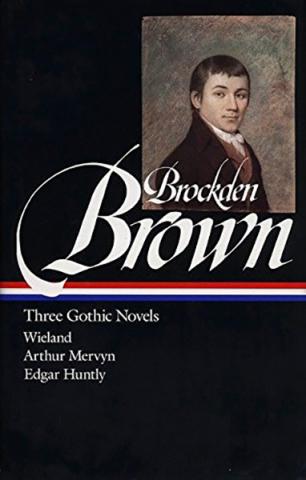| Finns i lager? | ||
|---|---|---|
| Webblager | ||
| Stockholm | ||
| Göteborg | ||
| Malmö | ||
Haunted, dreamlike scenes define the fictional world of Charles Brockden Brown, America's first professional novelist. Published in the final years of the 18th century, Brown's startlingly prophetic novels are a virtual resume of themes that would constantly recur in American literature: madness and murder, suicide and religious obsession, the seduction of innocence and the dangers of wilderness and settlement alike. In "Three Gothic Novels," The Library of America collects the most significant of Brown's works. "Wieland; or The Transformation" (1798), his novel of a religious fanatic preyed upon by a sinister ventriloquist, is often considered his masterpiece. A relentlessly dark exploration of guilt, deception, and compulsion, it creates a sustained mood of irrational terror in the midst of the Pennsylvania countryside. In "Arthur Mervyn; or Memoirs of the Year 1793" (1799), Brown draws on his own experiences to create indelible scenes of Philadelphia devastated by a yellow fever epidemic, while telling the story of a young man caught in the snares of a professional swindler. "Edgar Huntly; or Memoirs of a Sleep-Walker" (1799) fuses traditional Gothic themes with motifs drawn from the American wilderness in a series of eerily unreal adventures that test the limits of the protagonist's self-knowledge. All three novels reveal Brown as the pioneer of a major vein of American writing, a novelist whose literary progeny encompasses Poe, Hawthorne, Faulkner, and the whole tradition of horror and noir from Cornell Woolrich to Stephen King.
